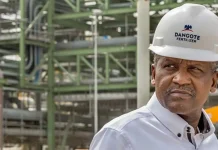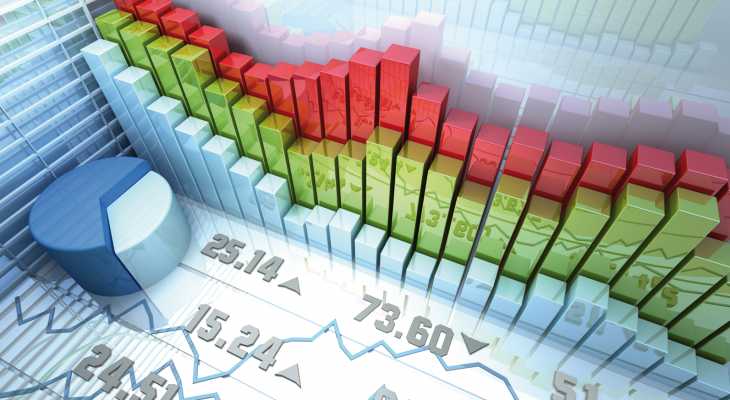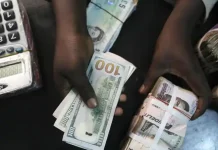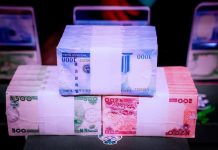Stanbic IBTC Holdings Plc. H1’17 results released on Tuesday, August 29, on the floor of the Nigerian Stock Exchange, NSE revealed a 113 per cent growth in Profit after tax (PAT) that settled at N24.1 billion from N11.317 billion declared in the corresponding period of 2016.
Gross earnings for the banking group also surged by 36.3 per cent to N97.2 billion, prompting the bank’s directors to declare an interim dividend of 60 kobo per share to shareholders.
The results revealed profit before tax increased by 86 percent to N29.169 billion during the period, from N15.682 billion last year while total assets went up by 21 percent to N1.273 trillion from N1.053 trillion in December 2016.
Expressing delight at the result, Chief Executive Officer, Stanbic IBTC Holdings Plc, Yinka Sanni, stated, “The domestic environment in the first half of 2017 recorded a decline in headline inflation, improved foreign exchange liquidity and a gradual economic expansion as measured by the Purchasing Managers’ Index.
The improved operating environment positively impacted our businesses leading to significant improvement in our financial results.”
He further stated, “Income before impairment charges grew by 43 percent, driven by a sustained growth in yields from investment securities and trading activities.
Interest income increased by 55 percent and trading revenue grew by 81 percent, positively impacting profit after tax which increased by 113 percent year-on-year.
The balance sheet grew by 21 percent year-to-date as trading assets and financial investments increased by over 100 percent and 19 percent respectively. Our cost-to-income ratio continued to witness improvement, standing at 47.0 percent at the end of H1 2017 when compared with 57.7 percent in H1 2016.
The growth in non-performing loan ratio is on account of some newly classified loans in line with economic realities. We are optimistic that this would moderate towards the end of 2017.”
The Group maintained adequate capital to support its business and drive business growth in H1 2017.
The group’s total capital adequacy ratio at the close of the period was 22.9 percent (Bank: 20.2 percent) and Tier 1 capital adequacy ratio of 19.2 percent (Bank: 16.1 percent). These ratios are well above the 10 percent minimum statutory requirement. The group’s liquidity ratio closed at 100.24 percent, while the Bank’s liquidity ratio was at 90.37 percent at the end of H1 2017. This ratio is significantly higher than the 30 percent regulatory minimum.
Other highlights of the results showed Interest income spiked by 54.5 per cent YoY to N56.7 billion in H1’17, supported by strong growth in interest earned from its money market mutual funds which rose by 182.5 per cent.













